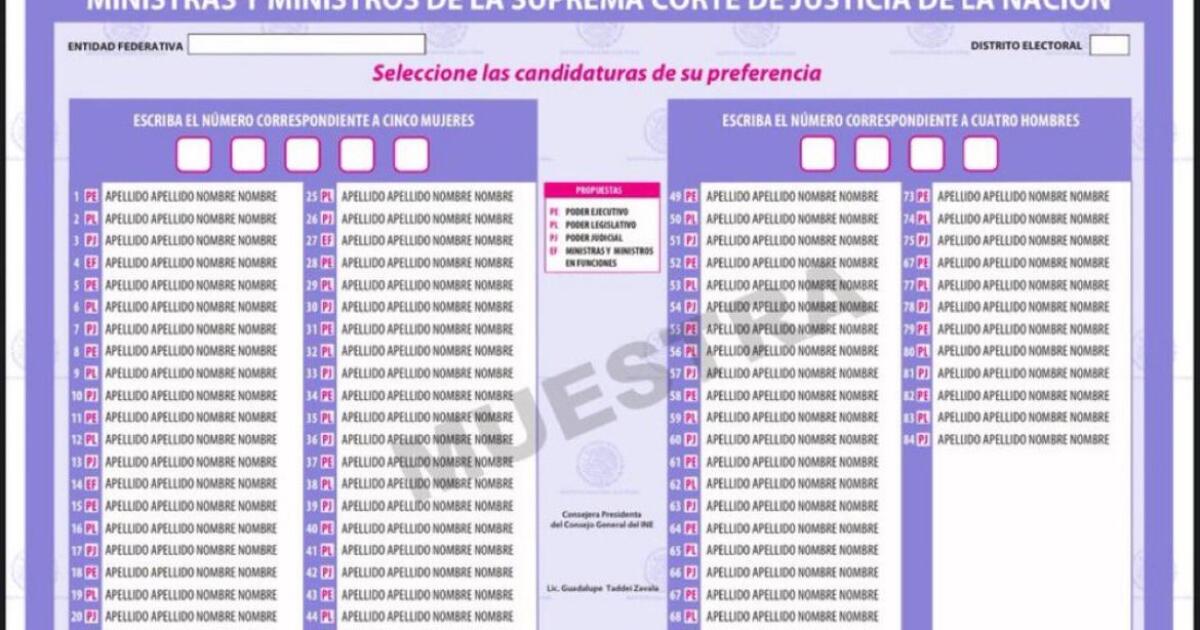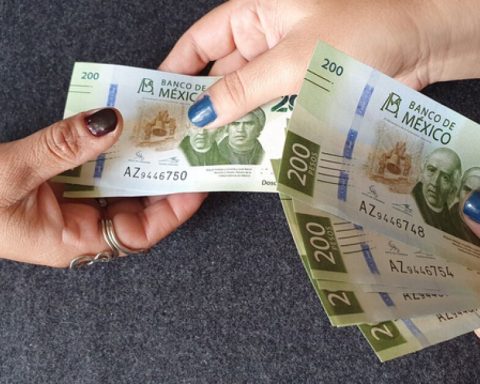Candidates will be in alphabetical order (first last name) and will be divided by gender: on the left side women and on the right side men. All candidates will be identified with a number.
It was preliminarily agreed – since the General Council can still approve changes – that a letter-sized ballot will be used for ministers of the Supreme Court of Justice of the Nation (SCJN) and magistrates of the Judicial Disciplinary Court, as well as for the Superior Chamber and regional chambers of the Electoral Tribunal of the Judicial Branch of the Federation (TEPJF).
For circuit magistrates and district judges, letter and half-letter size ballots will be available, depending on the number of candidates.
They will be letter size for more than 64 applications and half letter size in case there are fewer or up to 64 applications.
However, it was pending to define what will happen if it is necessary to make modifications to the design of the ballots, a case for which the Ucc counselor Kib Espadas asked to foresee that this would be possible up to 15 days before the start of printing in the production calendar of ballots.
The president advisor of that Commission, Jorge Montaño, expressed his concern that an eventual change could vary the cost calculated for the election.
“If there is a design change, the materials with which the training is going to be changed; Yes, there is an impact,” stated counselor Norma de la Cruz.
“Any design change has an impact on the materials and training for electoral trainers and electoral supervisors, as well as for electoral observers,” also warned the office manager of the Directorate of Training and Civic Education, María Elena Cornejo.















